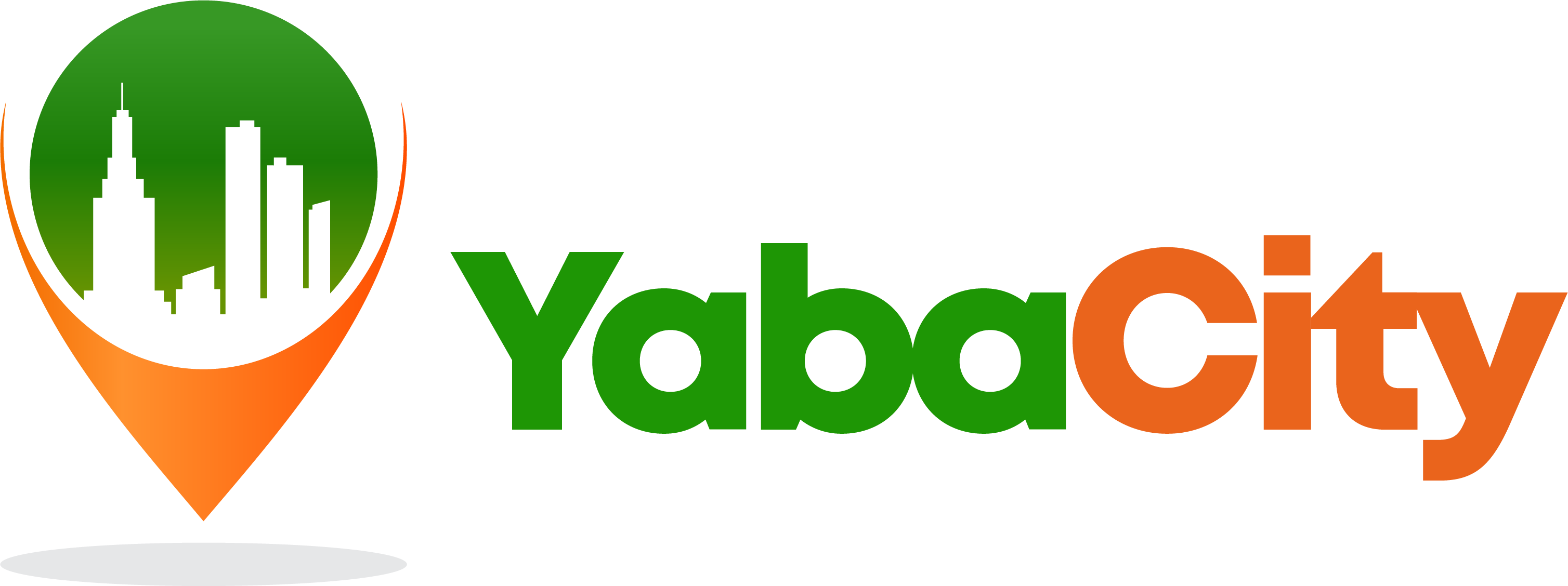Lagos is growing exponentially every year, thanks to a constant stream of migrants from across Nigeria and West Africa. Many are lured to the economic powerhouse with dreams of becoming a “big man”, or at least participating in the urban economy and excitement.
Lagos is on track to become one of the world’s most populous cities. But geographically, it’s not that big, about 1,000 km square, so land prices are skyrocketing and there is a chronic housing shortage.

Yaba, the Pulse of the Mainland, is a perfect example of Lagos’ mutability. The neighborhood was one of the first developed on mainland Lagos. Its streets are layered with a panoply of architectural styles; 1920’s bungalows abut 1980’s apartment blocks with sporadic contemporary misfits towering above them. Along its edges are slums comprised of exposed cinderblock houses and wooden shacks, some on stilts over the lagoon in Makoko.
Now Yaba has been dubbed Lagos’ “Silicone Valley” for all the startups, and app developers setting up shop here. It is an education hub as well. The University of Lagos and YabaTech colleges are among the institutions here. Students and youth wear vibrant street fashions. It has an almost Brooklyn vibe to it, a very nascent Brooklyn.

There are galleries and coffee shops are opening. Just off the Third Mainland Bridge, it is a convenient base for those who can’t afford to live on the Islands but want to be near Lagos’ commercial heart.
The central arteries in Yaba are dusty and urban, like much of Lagos. But there are back streets where well-maintained bungalows nestled into gardens and historic mansions with detailed tiling are interspersed with palm trees. On these streets you can remember that Lagos is a tropical city.
Bungalows have romantic detailing on the front. Inside, though, it is subdivided into cramped single rooms with concrete floors, colloquially termed “face-me-I-face-you” or “face-me-I-slap-you” style apartments.
But the old buildings are being torn down at alarming rates. There is an eviction notice spray painted in red on the façade of many of them, some of which had already been torn down.
If the owners follow the trend in Yaba, in its place will sprout contemporary flats. Increasing land prices and growing middle class demand in the neighborhood make these new buildings marketable, even though they are often low quality and incongruous with the environment. Changes like this are shifting both the aesthetic and the population of the neighborhood.
The various styles and the histories these old buildings represent are layered in neighborhoods like Yaba, Lagos Island, Ikoyi and Ebute Metta. But the population boom is driving a housing boom that fails to meet the needs of Lagos’ mostly poor population. With a mainstream culture that is future-focused and largely neglects history, the layers, and Lagos’ identity are shifting fast. Who will the city be for? What is the value of old structures in the face of dire housing needs? What can historical buildings teach contemporary architects?


